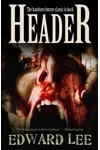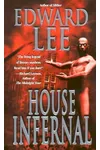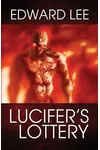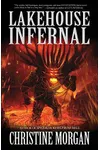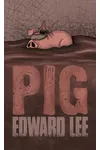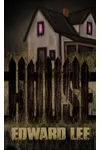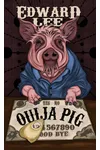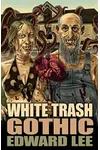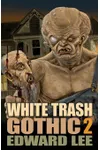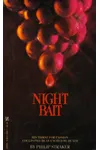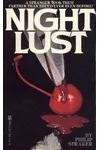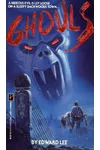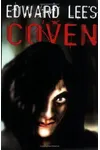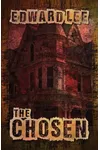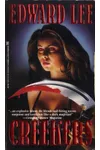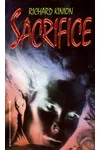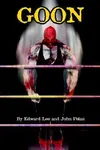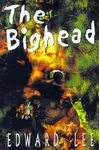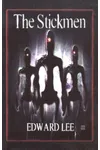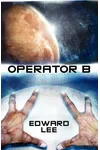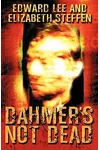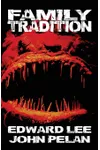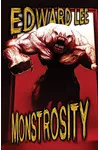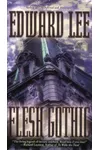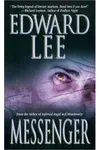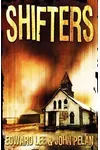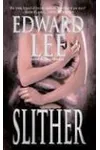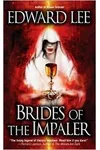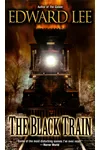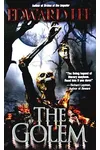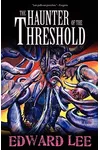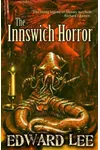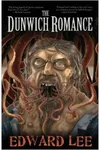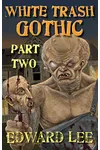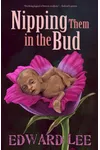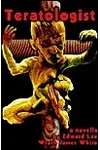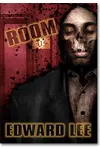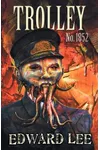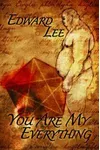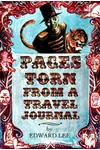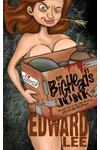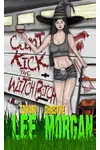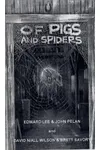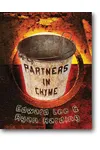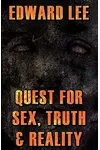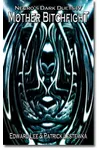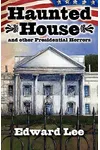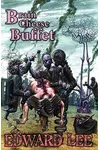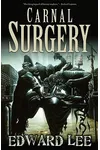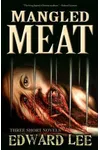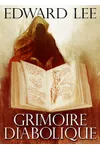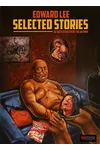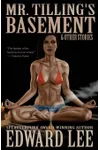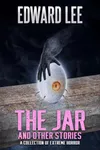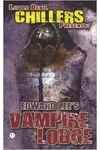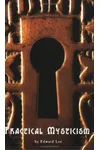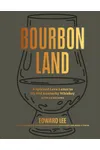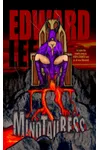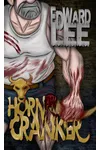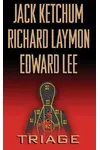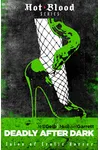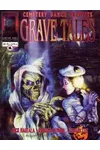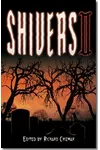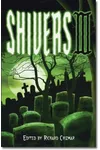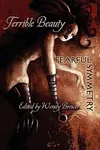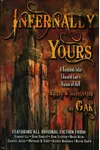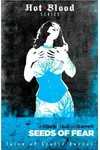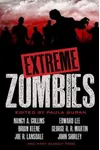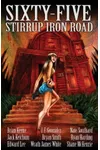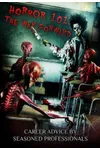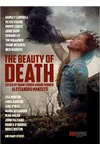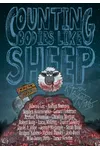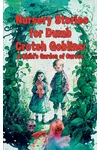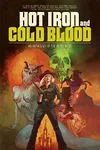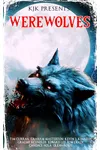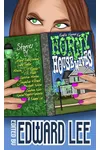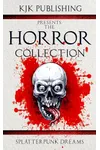Picture a Korean-American storyteller who crafts spine-chilling horror novels and mouthwatering Southern dishes with a Korean twist—meet Edward Lee! Born in 1957, Lee is a rare talent, blending his love for gritty, splatterpunk horror with culinary artistry at renowned restaurants like 610 Magnolia. His 40 horror novels and James Beard Foundation nominations make him a true creative force.
The Making of Edward Lee
Edward Lee was born on May 25, 1957, in Brooklyn, New York, to Korean immigrant parents. Growing up in a vibrant, multicultural neighborhood, he developed a fascination with storytelling and food. His early love for horror was sparked by H.P. Lovecraft and Ramsey Campbell, while his grandmother’s Korean recipes ignited his culinary passion. After studying literature at New York University, Lee dove into writing horror in the 1980s, emerging as a key figure in the splatterpunk movement, known for its bold, visceral style.
Simultaneously, Lee pursued a culinary career, training in France and New York before settling in Louisville, Kentucky, in 2003. His purchase of 610 Magnolia marked the start of a culinary journey that fused Southern comfort food with Asian flavors, earning him a devoted following and critical acclaim.
Edward Lee’s Unforgettable Stories and Dishes
Lee’s horror novels are not for the faint of heart. His debut, Coven (1991), set the tone with its occult-driven terror, blending eroticism and violence. The Bighead (1997) became a cult classic for its shocking, grotesque narrative, cementing Lee’s reputation in splatterpunk. City Infernal (2001) offers a darkly imaginative take on a hellish urban underworld, showcasing his knack for blending cosmic horror with gritty realism. His fast-paced, engaging style, influenced by Lovecraft and Fritz Leiber, delivers thrills that linger long after the final page.
In the culinary world, Lee’s restaurants, including 610 Magnolia, MilkWood, and Succotash, redefine Southern cuisine. His cookbook Smoke & Pickles (2013) celebrates this fusion, with recipes like collards and kimchi earning praise from chefs like Anthony Bourdain. Buttermilk Graffiti (2018), a James Beard Award-winning memoir, explores America’s diverse food cultures, reflecting Lee’s ability to tell stories through flavors. His latest book, Bourbon Land (2024), dives into Kentucky’s whiskey heritage with inventive recipes.
Why Edward Lee Matters
Edward Lee’s impact spans horror and hospitality. His novels push boundaries, giving voice to the raw, unfiltered side of horror while inspiring a generation of splatterpunk writers. His work with the LEE Initiative, a nonprofit promoting diversity in the restaurant industry, earned a 2024 James Beard Humanitarian Award, showcasing his commitment to social good. By blending Korean and Southern influences, Lee has reshaped culinary arts, making dishes that tell stories of heritage and innovation.
Lee’s dual legacy as a horror maestro and culinary trailblazer proves that creativity knows no bounds. His ability to thrive in two demanding fields makes him a cultural icon whose influence continues to grow.
- Born: May 25, 1957, Brooklyn, New York
- Key Novels: Coven, The Bighead, City Infernal
- Key Cookbooks: Smoke & Pickles, Buttermilk Graffiti, Bourbon Land
- Awards: 2019 James Beard Award for Writing, 2024 James Beard Humanitarian Award
Ready to dive into Edward Lee’s thrilling worlds? Grab The Bighead for a horror fix or Smoke & Pickles to cook up some Southern-Korean magic!
